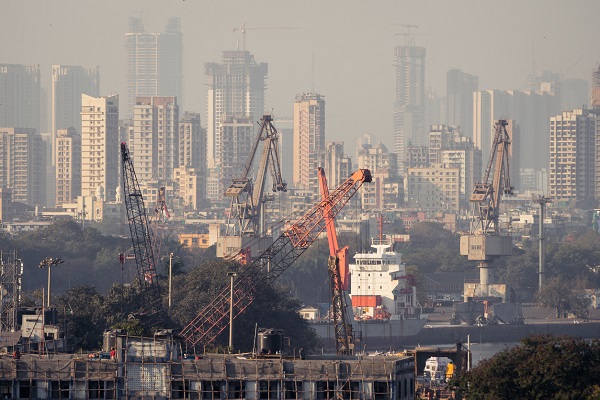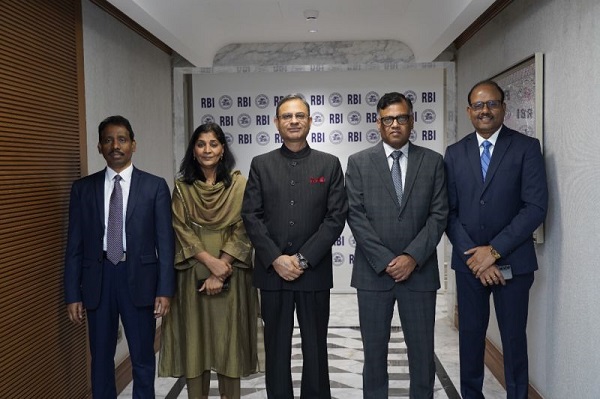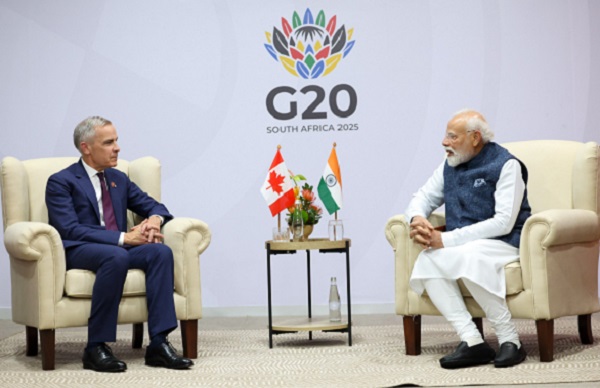.png)
August 14, 2025 at 10:09 AM IST
For years, the government has walked a tightrope, resisting calls for aggressive spending to prop up growth, while quietly working to rein in the fiscal deficit. It hasn’t been easy, and after each budget there was nudge to global rating agencies to take note of this. For long, they did not. Indian officials even accused them of being short-sighted.
That changed today.
S&P Global Ratings has upgraded India’s long-term sovereign credit rating to ‘BBB’ from ‘BBB-’ with a stable outlook. The upgrade reflects a rare convergence of strong growth momentum, a more credible monetary policy framework, and the government’s political commitment to fiscal consolidation without slowing its infrastructure push, the global rating agency said.
At the core of S&P’s decision is the resilience of India’s economy. The agency points to GDP growth averaging 8.8% between 2021–22 and 2023–24, the highest in Asia-Pacific, and forecasts a still-robust 6.8% annual growth over the next three years. Such expansion is helping stabilise India’s debt ratio even as fiscal deficits remain high by peer standards.
Monetary policy reforms, notably the formal adoption of inflation targeting, have anchored expectations better than in the past decade. Despite global energy price shocks, CPI inflation has averaged 5.5% over the past three years, staying within the Reserve Bank of India’s 2–6% target band. This credibility, combined with deep domestic capital markets, enhances macroeconomic stability, it said.
S&P also highlights improved spending quality. The share of capital expenditure in the central government’s budget has risen from about 2% of GDP a decade ago to 3.1% in 2025–26, with combined central and state capex now at 5.5% of GDP, on par with or better than sovereign peers. Infrastructure upgrades are seen as essential for removing bottlenecks that constrain long-term growth potential.
Fiscal consolidation, though gradual, is now on a clearer path. The general government deficit is projected to fall from 7.3% of GDP in 2025–26 to 6.6% by 2028–29, aided by robust GST receipts, large Reserve Bank of India surplus transfers, and moderated subsidy spending. Public debt is expected to decline to 78% of GDP by 2028–29, down from a pandemic peak of 91%.
Near-Term Outlook
The stable outlook reflects S&P’s expectation of continued policy stability, high infrastructure spending, and cautious fiscal management. Political continuity following Prime Minister Narendra Modi’s third term—albeit with a coalition—supports reform momentum.
S&P forecasts GDP growth at 6.5% in 2025–26, outpacing most emerging market peers despite a softer global economy. Domestic consumption, accounting for about 60% of GDP, remains the main growth driver, buffering India from external shocks such as potential United States tariffs. Even if tariffs of 50% are imposed, S&P estimates the direct exposure at just 1.2% of GDP, suggesting only a marginal growth impact.
On the monetary front, the RBI’s recent 100-basis-point rate cut to 5.5% should support credit and investment activity. S&P expects inflation to remain within target, reducing the need for restrictive policy in the near term.
Externally, India’s modest current account deficits, strong foreign exchange market depth and limited external debt strengthen its resilience. Net external financial assets of the public and financial sectors are projected to average 6% of current account payments through 2028–29.
Risks to the Rating
Still, S&P cautions that policy slippage could reverse the momentum. Ratings could face downward pressure if political will to consolidate public finances weakens, or if structural growth slows enough to undermine debt sustainability.
Conversely, further improvement is possible if fiscal deficits narrow more sharply, bringing the annual net change in government debt below 6% of GDP, alongside sustained high public investment that boosts productivity.
A higher sovereign rating improves India’s perception among global investors, potentially lowering borrowing costs and attracting more long-term capital.
S&P’s upgrade is a recognition of how far India has come since the pandemic, with sustained growth, deeper fiscal consolidation, and the ability to weather global headwinds without compromising domestic investment priorities





